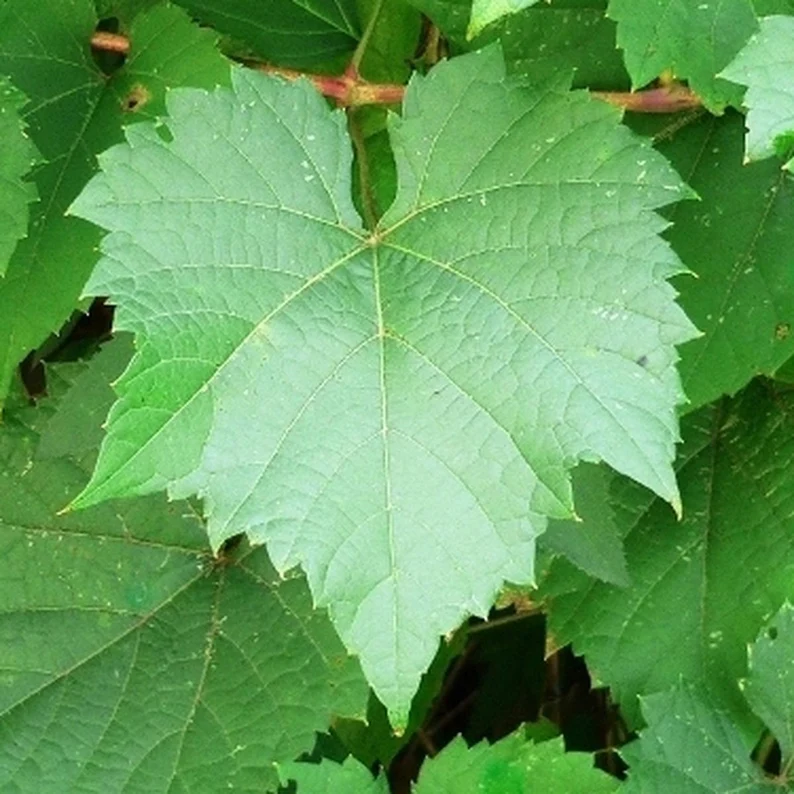Many organic and sustainable farms still operate under the NPK principle but are choosing and apply fertilizers from organic sources. Growers realize that having pristine farmland requiring no additional inputs is an unrealistic scenario. Providing a plant with everything it needs for optimal photosynthesis and health is the objective. Plants that are running like “fine tuned automobiles” producing concentrations of complex carbohydrates, proteins and fats are far less vulnerable to pests and disease.
While macro and micro-nutrients are vital to plant health, it’s the biology in the soil or microorganisms that converts these elements into plant available forms for increased uptake that’s essential. Only healthy plants with high photosynthetic capacity can supply the microorganisms with the food to speed up and enhance this action.
Foliar fertilizers play a key role in this process. Plants absorb nutrients through their leaves much more efficiently than through their roots. Foliar feeding can accelerate photosynthesis, increasing sugar concentrations within the plant and also increasing root exudation, in which plants leach sugars into the soil. Exudates have a positive effect on the rhizosphere, stimulating microbial life and its structure in the soil and making more nutrients readily available to the plant.
In a previous newsletter, I discussed the analysis of low and high pH soils and the availability of certain nutrients. Foliar spraying can get the minerals into the plant until soil corrections can be made. Foliar applications are your best bet for making expeditious changes in crop nutrition and again, can be the bridge to eventually achieving improved soil health.
Foliar feeding and its impact on improved crop health plant should be an integral part of good farming practices. Many of the products that we offer are foliar fertilizers or amendments including Agrostim, Agroprime, Supergrow and CropBioLife.




